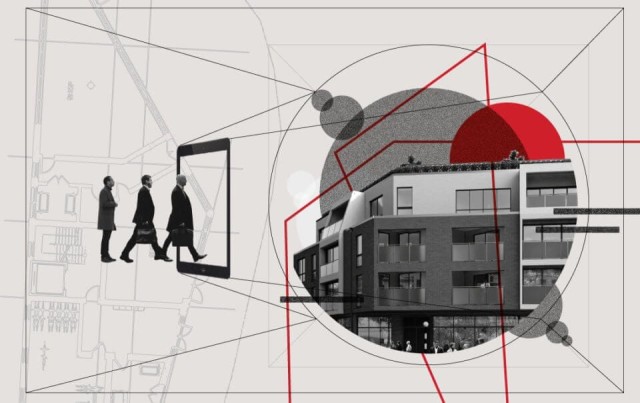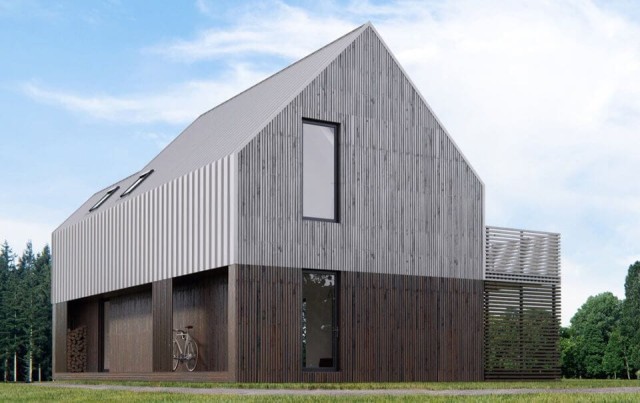Read next
The latest news, updates and expert views for ambitious, high-achieving and purpose-driven homeowners and property entrepreneurs.


When it comes to your HMO investment, there are a number of factors that could lead you to sink or swim during the initial planning permission stages. HMO refusal can be costly and inconvenient, so that’s why it’s a good idea to consider all the possible reasons your property proposal might be refused by the local planning authority (LPA) – the entity in charge of processing your application.
In what follows, we’ll discuss 5 common reasons for HMO refusal in planning permission applications. Then, we’ll go over the role of an architect and how they can help you avoid an unnecessary rejection.
Let’s begin.
This is the most common refusal reason when it comes to planning applications for a change of use from a single dwelling house (C3 Class of Use) to a small HMO (C4 Class of Use), which falls under permitted development rights. In order to avoid this issue, you must strictly adhere to the definition of the C4-classed HMO.
According to this definition, they are ‘shared houses occupied by between three and six unrelated individuals, as their only or main residence, who share basic amenities such as a kitchen or bathroom.’ For this, you will also need to comply with the size standard conditions.
Minimum space standards for bedrooms – as well as the shared accommodations such as the kitchen, bathroom and living room – are outlined in the LPA’s design guidelines for HMOs. These vary from council to council and include several factors.
Some councils will require a minimum size for single and double bedrooms; whereas, others will give you a minimum and a maximum size. In order to avoid this reason for refusal, you must ensure that the property complies with individual requirements.
It is important to check the current use of the neighbouring properties. Carrying out a feasibility study will help you establish the pattern of the type of developments in your area (more on this later). If there are no other properties along the street that have been converted into HMOs, it might be that your LPA has policies in place resisting such development.
Perhaps an Article 4 direction removing permitted development rights for change of use from C3 to C4, is in place, or perhaps there are other local policies giving the council the right to refuse conversions of dwelling houses into HMOs.
You might find that there are policies in place restricting HMO conversions. So if it turns out that a majority of the properties have already been converted into HMOs, you may have a harder time obtaining permission.
Before proceeding, it is a good idea to seek advice directly from the planning department. If there is such a policy in place, the only option is to apply for a permitted change of use into a small HMO - with no more than 6 people.

Many people think that an architect’s sole purpose is to produce drawings and nothing else. This may be true of some designers, but the right architect can be an excellent resource when it comes to securing planning permission.
Before moving forward with your project, a skilled architect will want to look further into your proposal. They will want to conduct what is known as a feasibility check in order to establish whether an HMO conversion is possible and to determine the best path forward. By using a feasibility check, you can increase your chances of securing planning permission, and you can avoid falling into the HMO refusal traps mentioned above.
At Urbanist Architecture, we use initial feasibility checks to determine whether the proposal is feasible, to identify potential obstacles and opportunities, to determine the potential planning considerations, and to communicate our plan for helping the client achieve success on their project. After finalising this initial check, we then conduct further analyses of the site and look deeper into the local planning policies. Armed with these insights, we feel confident that we can tackle almost any obstacle.
Reach out to us today if you want to start your journey toward success. We look forward to hearing from you.

Claudia is our planner, specialising in green belt developments and other complex planning applications. She provides regulatory research and evidence-based advice, negotiates with local authority planning departments, and keeps us informed of the latest legislation and government guidance.
We look forward to learning how we can help you. Simply fill in the form below and someone on our team will respond to you at the earliest opportunity.
The latest news, updates and expert views for ambitious, high-achieving and purpose-driven homeowners and property entrepreneurs.
The latest news, updates and expert views for ambitious, high-achieving and purpose-driven homeowners and property entrepreneurs.










We specialise in crafting creative design and planning strategies to unlock the hidden potential of developments, secure planning permission and deliver imaginative projects on tricky sites
Write us a message